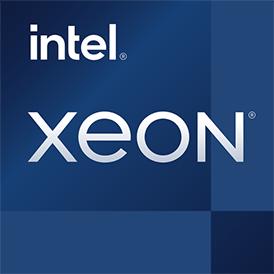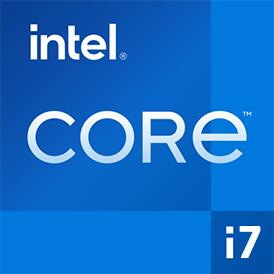 Estimated results for PassMark CPU Mark
Estimated results for PassMark CPU Mark
|
|
Intel Xeon W-2175
14C 28T @ 2.5 GHz
|
22968
|
|
|
Intel Core i7-9700
8C 8T @ 3.0 GHz
|
13350
|
 Geekbench 5, 64bit (Multi-Core)
Geekbench 5, 64bit (Multi-Core)
|
|
Intel Xeon W-2175
14C 28T @ 2.5 GHz
|
12458
|
|
|
Intel Core i7-9700
8C 8T @ 3.0 GHz
|
6714
|
 Geekbench 6 (Multi-Core)
Geekbench 6 (Multi-Core)
|
|
Intel Xeon W-2175
14C 28T @ 2.5 GHz
|
9056
|
|
|
Intel Core i7-9700
8C 8T @ 3.0 GHz
|
7202
|
 Cinebench R15 (Multi-Core)
Cinebench R15 (Multi-Core)
|
|
Intel Xeon W-2175
14C 28T @ 2.5 GHz
|
2504
|
|
|
Intel Core i7-9700
8C 8T @ 3.0 GHz
|
1491
|
 Geekbench 6 (Single-Core)
Geekbench 6 (Single-Core)
|
|
Intel Core i7-9700
8C 8T @ 3.0 GHz
|
1570
|
|
|
Intel Xeon W-2175
14C 28T @ 2.5 GHz
|
1428
|
 Geekbench 5, 64bit (Single-Core)
Geekbench 5, 64bit (Single-Core)
|
|
Intel Core i7-9700
8C 8T @ 3.0 GHz
|
1218
|
|
|
Intel Xeon W-2175
14C 28T @ 2.5 GHz
|
1206
|
 Cinebench R15 (Single-Core)
Cinebench R15 (Single-Core)
|
|
Intel Core i7-9700
8C 8T @ 3.0 GHz
|
209
|
|
|
Intel Xeon W-2175
14C 28T @ 2.5 GHz
|
186
|

